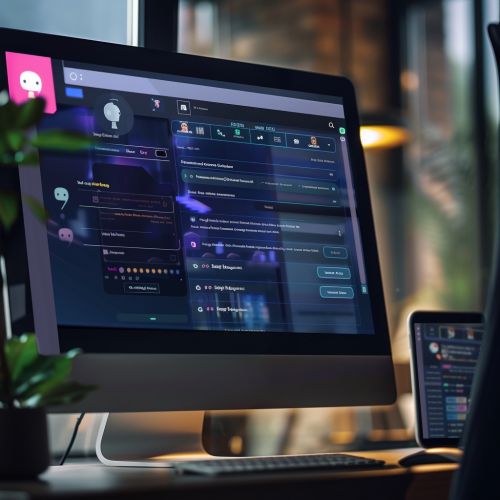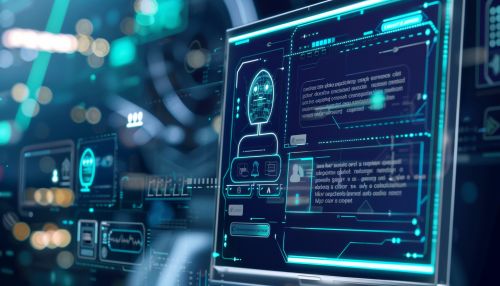Chatbot
Overview
A chatbot is a software application used to conduct an on-line chat conversation via text or text-to-speech, in lieu of providing direct contact with a live human agent. Designed to convincingly simulate the way a human would behave as a conversational partner, chatbot systems typically require continuous tuning and testing, and many in production remain unable to adequately converse or pass the industry standard Turing test.


History
The concept of a chatbot was first introduced by Alan Turing in the 1950s. His work in the field of artificial intelligence led to the creation of the Turing test, which is a test of a machine's ability to exhibit intelligent behavior equivalent to, or indistinguishable from, that of a human. The first chatbot, named ELIZA, was developed in the mid-1960s at the MIT Artificial Intelligence Laboratory.
Functionality
Chatbots are typically used in dialog systems for various practical purposes including customer service or information acquisition. Some chatbots use sophisticated natural language processing systems, but many simpler ones scan for keywords within the input, then pull a reply with the most matching keywords, or the most similar wording pattern, from a database.
Architecture
The architecture of a chatbot design is the design of the system that allows the chatbot to function. There are two primary ways chatbots are offered to visitors: via web-based applications or standalone apps. Today, chatbot technology is widely used in various sectors to perform different tasks.
Types of Chatbots
There are two main types of chatbots: rule-based and self-learning. Rule-based chatbots provide predefined responses from a set of database, while self-learning bots utilize machine learning and complex algorithms to generate responses.
Applications
Chatbots are widely used in numerous applications, including customer service, request routing, and for simple questions and answers. The most advanced bots are deployed in the healthcare sector for scheduling doctor appointments, providing health information, and reminding users to take their medicine.
Future of Chatbots
The future of chatbots is predicted to take a number of different directions. Some experts believe that chatbots will play a key role in the next generation of data analysis, and others think they will become a primary method of communication.
